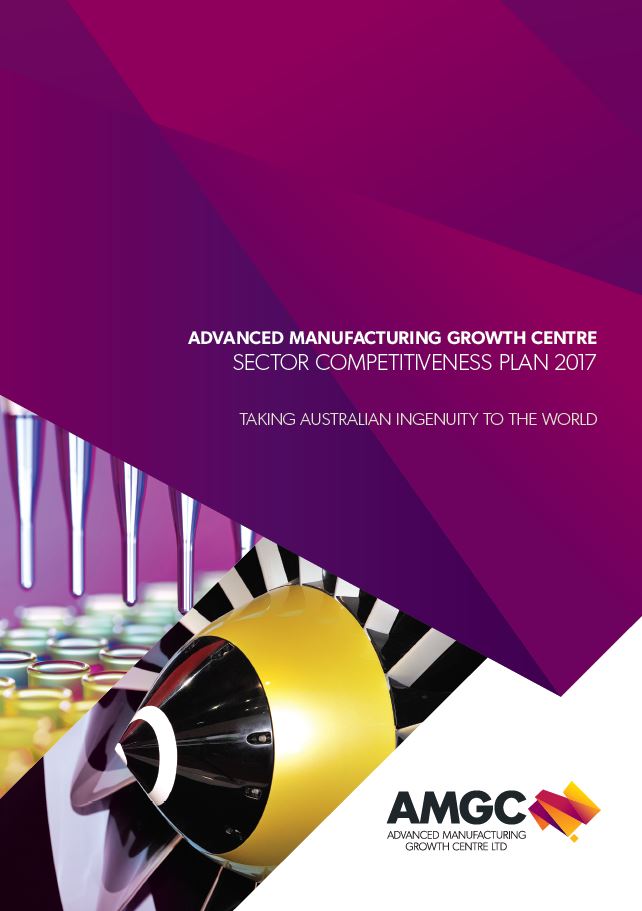AMGC releases Sector Competitiveness Plan
The Advanced Manufacturing Growth Centre (AMGC) has released its first Sector Competitiveness Plan detailing how the Australian manufacturing sector along with its supported industries can add up to $36 billion to the national economy over the next ten years.
The AMGC’s Sector Competitiveness Plan (SCP) provides extensive new analysis of Australia’s manufacturing landscape and where opportunities lie to boost companies’ global competitiveness. It includes specific actions for industry and government, and identifies knowledge priorities that help inform companies and the research community on business improvement and R&D efforts.
Findings from the SCP reveal that the biggest opportunity for Australian manufacturing companies to increase their competitiveness is to compete on value, not on cost. When Australian manufacturing firms succeed in global markets it is usually not because they are the lowest cost, but rather because they offer innovative products or value-adding services. A greater composition of high-skill manufacturing workers is required to meet market expectations of high value products and services.
Supporting this analysis, the SCP demonstrates that by employing more high-skill labour delivers Australia a wage cost advantage over most developed manufacturing nations. The AMGC’s research shows that in the medical devices and in the aerospace industries, management and professional wages are between 38 per cent and 40 per cent lower in Australia than in the United States.
Additional competitive advantages lie in Australia’s potential to collaborate. The SCP shows that Australia has a market dominated by small companies relative to the United States particularly in the two sub-sectors the Centre investigated. To overcome economies of scale challenges, the AMGC stresses the importance of manufacturing companies and research institutions to forge partnerships amongst each other and with commercial outcomes in mind.
A key recommendation for the government outlined in the SCP, is to change the way manufacturing is measured in the economy, and to recognise that manufacturing triggers additional jobs in associated industries that rely on manufacturing. New metrics are needed to measure the impact of indirect employment beyond manufacturing.
Other specific actions for governments include smarter procurement programs to aid in technology capability transfer within and between industries, and to better direct current R&D tax incentive programs to support higher-risk and longer-term R&D investments.
The AMGC insists that while lifting Australia’s manufacturing competitiveness requires a synchronised effort
from all stakeholders, it is manufacturing companies that must lead the charge.

